Direct Care is a medical practice model where providers contract directly with patients. For almost all of America’s history, Americans paid their provider directly for care. It was only in the 20th century that health insurance outpaced out-of-pocket pay as the primary revenue source for medical practices. But since the turn of the 21st century, direct care has made a resurgence.
In 2005, there were fewer than 150 physicians practicing in direct primary care, concierge, and other direct care models. This number grew 5x in the next five years, to 756 in 2010, and then even more rapidly to an estimated 6,500 direct care physicians across the country by the end of 2015.
The complexities of contracting with insurers have placed more demands on physicians in recent years, leading more to choose direct care. This alternative payment model has helped strengthen the relationship between patients and physicians in many communities, allowing physicians more control over their patient panel sizes, practice staffing, and care delivery.
For physicians, adopting a direct care model can improve work-life balance, reduce practice overhead, bring higher per patient revenues, and maintain physician autonomy.
For patients, direct care can mean a greater degree of access to, and time with, physicians. Improved communication and more regular, engaged care leads to fewer unnecessary tests, less frequent hospital visits, and lower total cost of care.
With LifeStream Family Medicine, you can receive primary care for a low monthly fee without copays or hurried visits. We remove the hassle of visiting the doctor by giving you the access and discounts you need in a timely manner. We are a family, locally, and Christian-owned healthcare provider dedicated to whole-person care.







